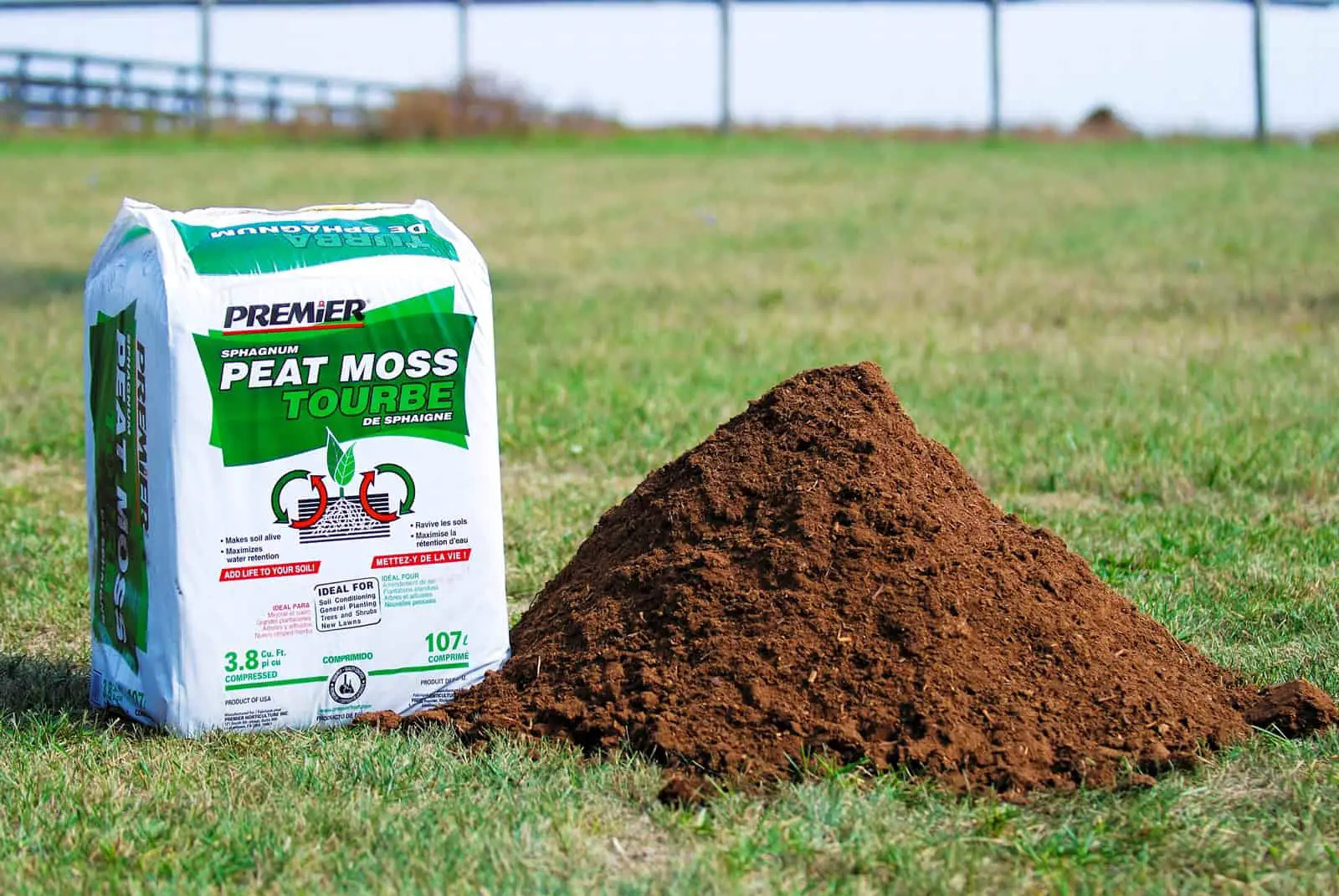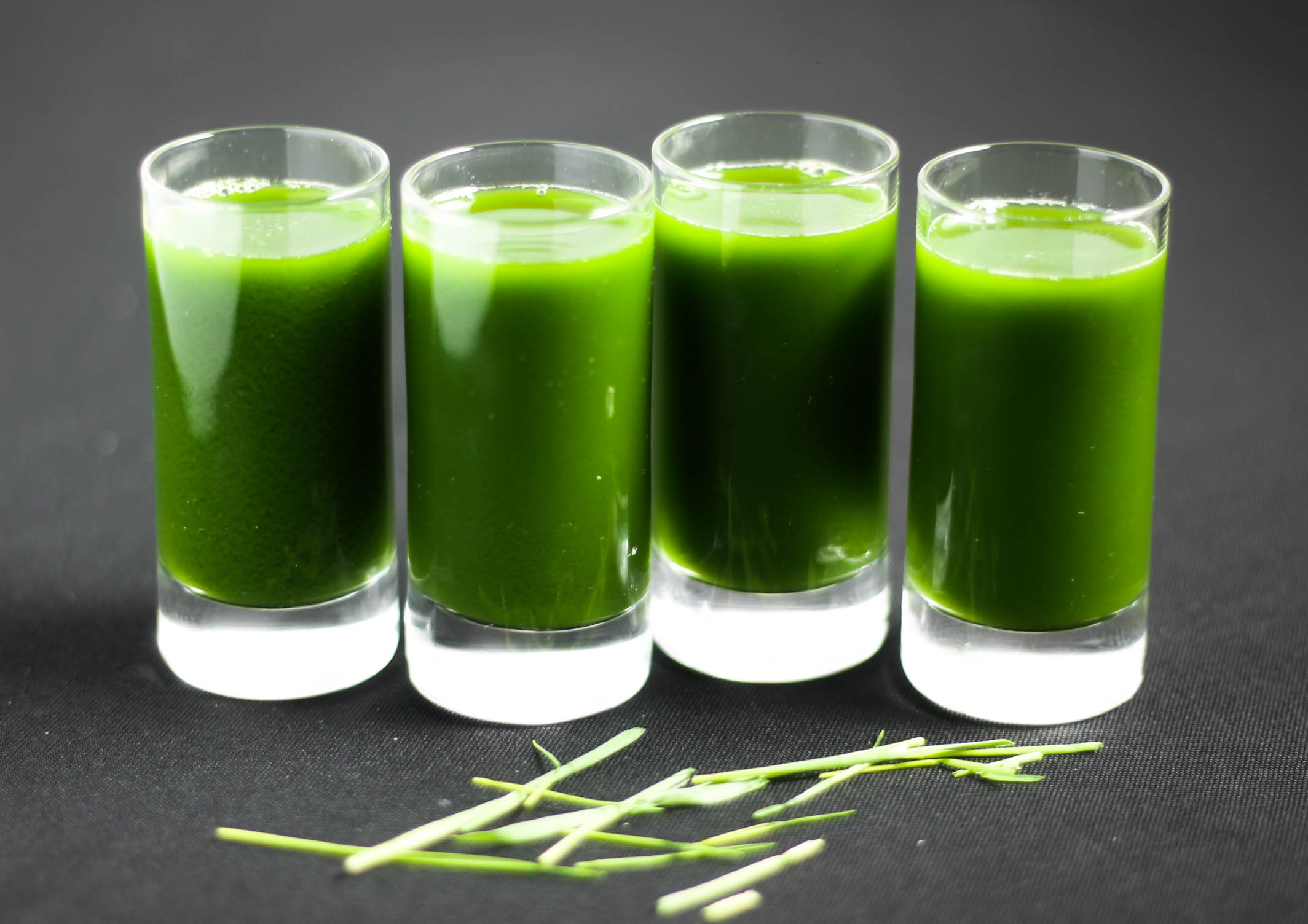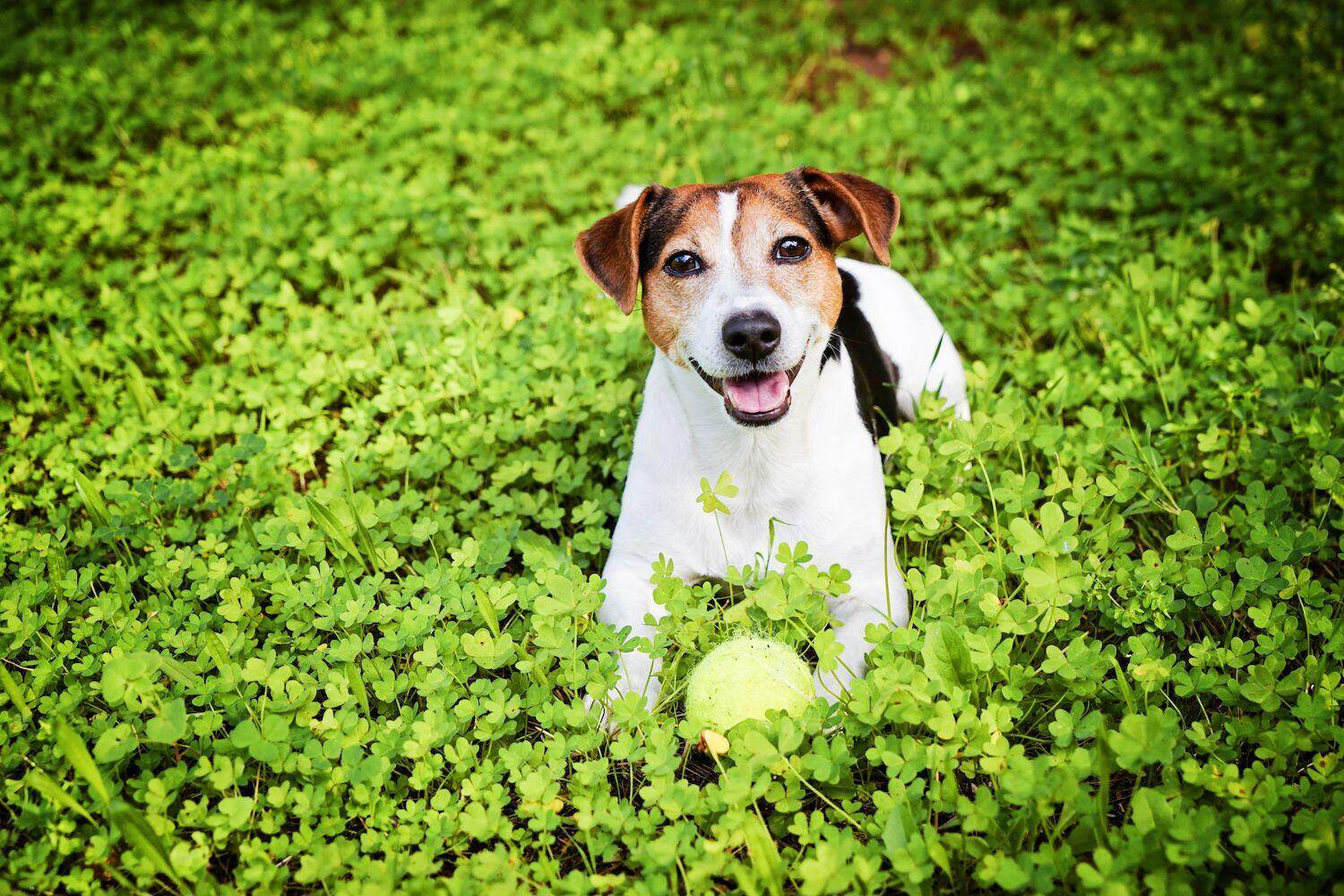Home>Gardening & Outdoor>Landscaping Ideas>What Is Peat Moss Good For Grass


Landscaping Ideas
What Is Peat Moss Good For Grass
Modified: August 17, 2024
Discover the benefits of using peat moss for grass in your landscaping ideas. Learn how peat moss can improve soil quality and promote healthy grass growth.
(Many of the links in this article redirect to a specific reviewed product. Your purchase of these products through affiliate links helps to generate commission for Storables.com, at no extra cost. Learn more)
Introduction
When it comes to nurturing a lush, verdant lawn, homeowners and landscaping enthusiasts are constantly seeking effective and eco-friendly solutions. One such solution that has gained widespread acclaim is the use of peat moss. This organic material has been a staple in the realm of gardening and lawn care for decades, revered for its remarkable properties that promote healthy grass growth. In this comprehensive guide, we will delve into the multifaceted benefits of peat moss for grass, explore its applications, and shed light on potential drawbacks to help you make an informed decision for your lawn care needs. Whether you're a seasoned gardener or a novice enthusiast, understanding the role of peat moss in fostering a vibrant, resilient lawn is essential. Join us as we uncover the secrets of this remarkable natural resource and its impact on grass health and vitality.
Key Takeaways:
- Peat moss is a natural, eco-friendly material that helps grass grow by retaining water, improving soil structure, and providing essential nutrients. It’s like a superfood for your lawn!
- While peat moss has many benefits, it’s important to use it responsibly to avoid making the soil too acidic and consider sustainable alternatives for long-term lawn health. Balance is key!
Read more: How To Store Peat Moss
What Is Peat Moss?
Peat moss, also known as sphagnum peat or simply peat, is a natural, organic material derived from decomposed sphagnum moss and other organic matter found in peat bogs. These bogs are wetland areas characterized by their acidic and anaerobic (low-oxygen) conditions, which are conducive to the formation of peat over thousands of years. The gradual accumulation of partially decayed plant material, predominantly sphagnum moss, gives rise to the formation of peat deposits.
Peat moss is renowned for its remarkable water retention properties, making it an invaluable component in soil improvement and horticulture. It is widely utilized in gardening, landscaping, and agriculture due to its ability to enhance soil structure, promote aeration, and aid in moisture retention. Additionally, peat moss possesses a high cation exchange capacity, meaning it can retain and exchange essential nutrients with plant roots, thereby fostering optimal growing conditions for various plant species, including grass.
Harvested peat moss is typically processed and sold in various forms, such as loose granules, compressed bales, or finely milled fibers, making it adaptable for a wide range of applications in lawn care and landscaping. Its versatility and proven efficacy have cemented its status as a go-to amendment for improving soil quality and fostering healthy plant growth.
Benefits of Peat Moss for Grass
Peat moss offers a myriad of benefits for nurturing and maintaining a healthy, vibrant lawn. Its unique properties make it an invaluable ally in promoting optimal grass growth and resilience. Here are some of the key advantages of using peat moss for grass:
- Enhanced Water Retention: Peat moss exhibits exceptional water retention capabilities, helping to prevent soil dehydration and ensuring consistent moisture levels for grass roots. This is particularly advantageous in arid climates or during periods of drought, as it helps sustain grass health and vitality.
- Improved Soil Structure: When incorporated into the soil, peat moss contributes to enhancing soil structure by reducing compaction and promoting better drainage. This allows for improved root development and aeration, creating an optimal environment for grass to thrive.
- Nutrient Retention and Exchange: Peat moss possesses a high cation exchange capacity, enabling it to retain and release essential nutrients to grass roots as needed. This helps ensure that the grass receives a steady supply of vital nutrients, fostering robust growth and overall health.
- Acidic pH Adjustment: Many grass species thrive in slightly acidic soil conditions. Peat moss, with its naturally acidic pH, can help lower the soil’s pH level, creating a more favorable environment for acid-loving grass varieties such as fescue and bluegrass.
- Organic Matter Enrichment: By incorporating peat moss into the soil, organic matter content is increased, providing a nutrient-rich substrate for grass to establish strong, healthy roots and sustain vigorous growth.
- Weed Prevention: The use of peat moss can help suppress weed growth by creating a favorable environment for grass while inhibiting the germination and establishment of weed seeds.
These benefits collectively contribute to fostering a resilient, lush lawn, making peat moss a valuable asset in the quest for vibrant and thriving grass. Its natural properties align with the core needs of grass, offering a holistic approach to lawn care and maintenance.
Peat moss is good for grass because it helps improve soil structure, retains moisture, and provides essential nutrients for healthy grass growth. Mix peat moss into the soil before planting grass seeds or laying sod for best results.
How to Use Peat Moss for Grass
Integrating peat moss into your lawn care regimen can significantly enhance the health and vitality of your grass. Here are several effective methods for utilizing peat moss to promote optimal grass growth and resilience:
- Soil Amendment: Prepare the soil by tilling it to a depth of a few inches. Then, evenly distribute a layer of peat moss over the area to be treated. Use a rake or garden fork to work the peat moss into the soil, ensuring thorough incorporation. This will improve soil structure, enhance moisture retention, and provide a nutrient-rich environment for grass roots.
- Overseeding Preparation: Prior to overseeding bare or thin patches in the lawn, mix peat moss with the grass seed to create a uniform blend. The peat moss will aid in moisture retention and provide a conducive environment for seed germination and early root development.
- Topdressing Application: For existing lawns, spread a thin layer of peat moss over the grass, focusing on areas that require rejuvenation or improved soil quality. Gently rake the peat moss to ensure even coverage, and water thoroughly to facilitate its integration into the soil.
- Container Gardening: When cultivating grass in containers or raised beds, incorporating peat moss into the potting mix can enhance moisture retention and provide a well-aerated growing medium for healthy grass growth.
- Acid-Loving Grass Care: If you are cultivating acid-loving grass species such as fescue or bluegrass, incorporating peat moss into the soil can help create an optimal pH environment for these varieties to thrive.
Regardless of the method chosen, it is important to follow recommended application rates and guidelines to avoid overuse of peat moss, which may lead to excessive soil acidity in the long term. Regular monitoring of soil moisture levels and grass health will also help ensure that the benefits of peat moss are maximized without compromising the overall soil balance.
By incorporating peat moss into your lawn care routine using these methods, you can harness its remarkable properties to foster a vibrant, resilient grassy expanse that will be the envy of the neighborhood.
Potential Drawbacks of Using Peat Moss for Grass
While peat moss offers numerous benefits for grass and soil improvement, it is important to be mindful of potential drawbacks associated with its use. Understanding these limitations can help you make informed decisions and employ best practices when integrating peat moss into your lawn care regimen. Here are some potential drawbacks to consider:
- Acidity Concerns: Peat moss is naturally acidic, and over time, excessive use can lead to a decrease in soil pH levels. This may pose challenges for grass varieties that thrive in neutral to alkaline soil conditions, potentially necessitating the use of soil amendments to counteract excessive acidity.
- Environmental Impact: The extraction of peat moss from bogs can have environmental implications, as it disrupts fragile ecosystems and contributes to the release of carbon dioxide, a greenhouse gas, into the atmosphere. Sustainable peat moss harvesting practices and alternative soil amendments should be considered to mitigate these impacts.
- Moisture Retention: While peat moss is renowned for its water retention capabilities, excessive use in soil can lead to waterlogged conditions, impeding proper aeration and potentially causing root suffocation and fungal issues in grass and other plants.
- Cost Considerations: Depending on the size of the lawn and the desired application, the cost of acquiring and using peat moss as a soil amendment can be a factor to consider. Exploring alternative organic materials or compost blends may offer cost-effective alternatives for soil improvement.
- Sustainability and Alternatives: Given the finite nature of peat moss resources and the environmental concerns associated with its extraction, exploring sustainable alternatives such as compost, coconut coir, or well-decomposed organic matter can be a prudent choice for long-term soil health and environmental stewardship.
By being mindful of these potential drawbacks and employing responsible usage practices, you can harness the benefits of peat moss while mitigating its limitations. Balancing the use of peat moss with other organic soil amendments and employing sustainable lawn care practices can contribute to the long-term health and vitality of your grass while minimizing environmental impact.
Read more: How To Use Peat Moss To Grow Grass
Conclusion
Peat moss stands as a versatile and effective ally in the quest for a vibrant, resilient lawn. Its unique properties, including exceptional water retention, soil structure enhancement, and nutrient exchange capabilities, make it a valuable asset in promoting optimal grass growth and health. By understanding the benefits and potential limitations of peat moss, homeowners and landscaping enthusiasts can make informed decisions when incorporating this natural resource into their lawn care routines.
When used judiciously and in accordance with best practices, peat moss can contribute to the creation of a thriving grassy expanse, providing a lush and inviting outdoor space for relaxation and recreation. Its applications, ranging from soil amendment and overseeding preparation to container gardening, offer versatile solutions for addressing various lawn care needs.
However, it is essential to approach the use of peat moss with a balanced perspective, considering factors such as soil pH management, environmental sustainability, and cost-effectiveness. Exploring alternative soil amendments and employing sustainable lawn care practices can complement the benefits of peat moss while addressing potential drawbacks and environmental considerations.
Ultimately, the integration of peat moss into your lawn care regimen can contribute to the creation of a healthy, vibrant, and sustainable grassy landscape. By leveraging the natural properties of peat moss and embracing responsible usage practices, you can nurture a thriving lawn that serves as a testament to the harmonious coexistence of nature and human cultivation.
As you embark on your lawn care journey, may the insights shared in this guide empower you to make informed decisions and cultivate a grassy haven that brings joy and beauty to your outdoor environment.
Frequently Asked Questions about What Is Peat Moss Good For Grass
Was this page helpful?
At Storables.com, we guarantee accurate and reliable information. Our content, validated by Expert Board Contributors, is crafted following stringent Editorial Policies. We're committed to providing you with well-researched, expert-backed insights for all your informational needs.















0 thoughts on “What Is Peat Moss Good For Grass”